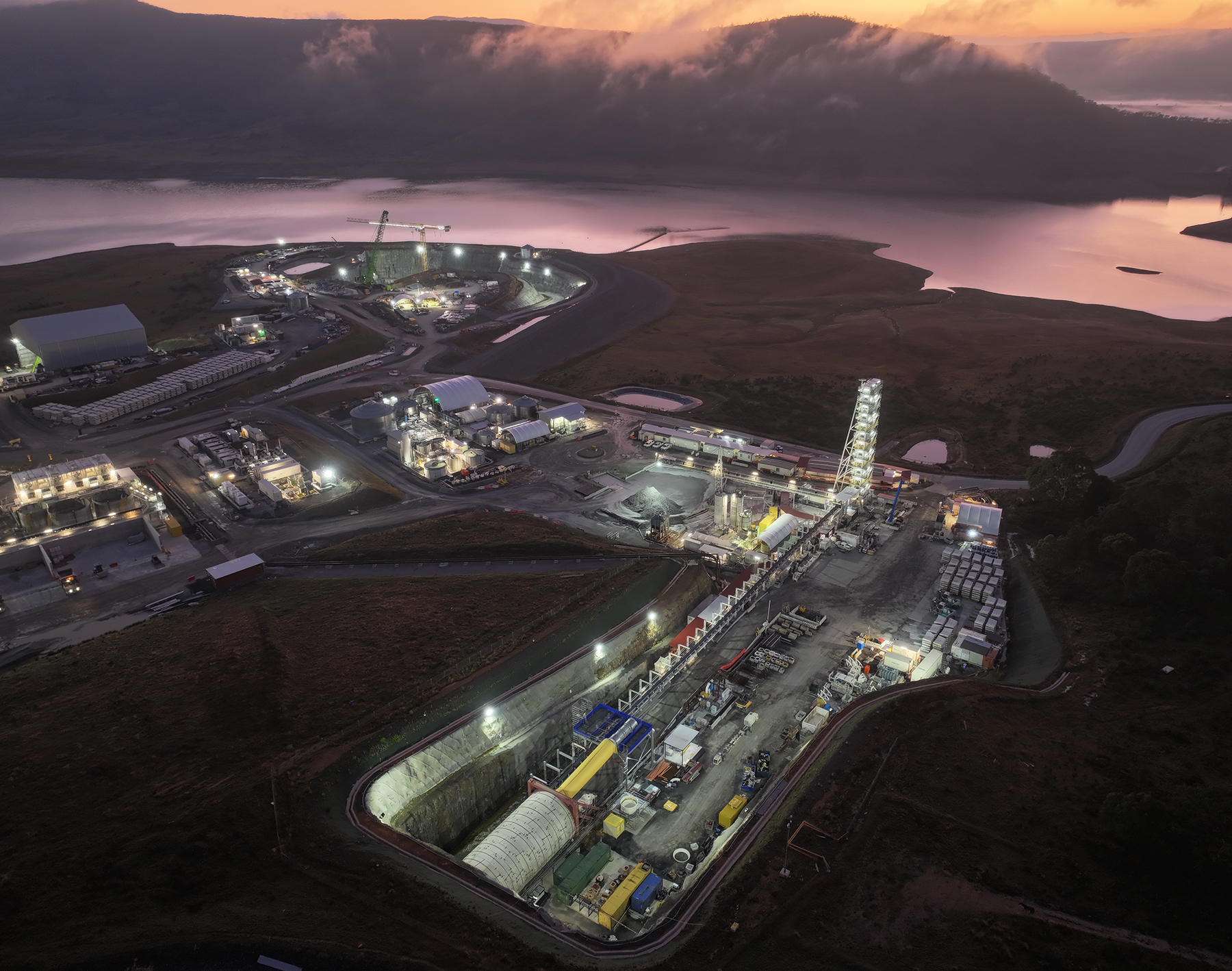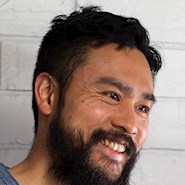 Courtesy of Revizto
Courtesy of ReviztoThe complexity of architecture, engineering, construction, and operations projects has increased in lockstep with their demand and size over the past few decades, casting a stereotype of sluggishness and inefficiency upon the industries.
But despite the risks to productivity and growth, some see the pain points as opportunities for new technologies to propel the industry forward.
Further reading:
- Infrastructure’s upward momentum reflected in report card
- ‘A make-or-break moment’ as energy grid modernization booms
- New carbon-cutting bio-asphalt could prove to be industry disruptor
Today’s $13 trillion global construction economy will reach $22 trillion by 2040, but headwinds continue to hamper the industry, according to Arman Gukasyan, CEO of collaboration software company Revizto.
“Projects are bigger, timelines are tighter, labor is harder to find,” wrote Gukasyan in a report released in May. “The challenges multiply with supply chain disruptions and volatile global conditions.”
Revizto and research consultant Censuswide conducted a spring survey of 2,000 individuals in the AECO fields, of which 80% worked in leadership roles. Respondents named infrastructure, commercial office space, and transportation as the top sectors generating design-and-build demand, while pointing to technology integration and adoption as the biggest challenge facing their businesses.
“The main motivation was literally to kind of do this reality check and share it with the world,” Gukasyan said of the survey. “Because I believe that this industry is so big and so undigitized that one man, one company cannot swallow it all. We have to collaborate; we have to coordinate together to help to digitize this industry more and faster.”
Causes of complexity
Sofia Berger, M.ASCE, business line executive of Earth and environment business at WSP, points to power infrastructure projects as an example of how growing project size introduces more complexity.
A new transmission line can easily span multiple towns, communities, and even states, says Berger, resulting in a patchwork of clearances, permits, and impacts that all require collective management.
“You have many different owners and stakeholders who all have a say – and have a right to have a say – in terms of how that project develops,” Berger said. “But that just means there’s a lot of people to make sure are on board and are in alignment as the project follows up, so that adds a lot of complexity to these projects.”
In addition to sheer size, the nature of AECO projects also resists streamlining.
“This is not an industry that runs on a repeat model,” said Chaitanya Naredla Krishna, CEO of Track3D, which develops construction-monitoring technology. “Every project is unique. Every project has its own stakeholders, so every project has a different set of challenges altogether.”
Krishna adds that the industry also faces knowledge attrition caused by an aging, retiring workforce, exacerbated by a shortage of skilled labor entering the workforce, an observation that Berger echoes.
“Unfortunately, there's not enough engineers,” Berger said. “That's a much larger issue in terms of how to compete with other areas that have just gotten a lot of traction with younger students around computer engineering and software engineering and robotics and things: How to make sure people really, really understand and see the public value of the work that we do? And that helps to inspire more people to come into our industry.”
Once construction begins, limited access to a jobsite’s real-time state can add management overhead and further delays.
“Are you on track?” Krishna asked. “If you ask three people that question, you’ll get three different answers. There’s too much subjectivity around it.”
Among survey respondents, 53% identified unforeseen site conditions as a top cause of budget overruns, while 45% named design errors, 37% poor communication, and 33% construction errors.
Gukasyan estimated only 3% of a project team had full access to the models defining the project, a limitation imposed by brittle, time-prohibitive tools.
“Take any AEC tech stack,” Gukasyan said. “It requires months, if not years, to be trained to get started. A lot of times, people are afraid to break the models because engineers, they're afraid to take the authoring tools because, accidentally, they can break it, so they don’t want to touch it.”
The difficulty of simplicity
The lack of simple, streamlined software built on a common data environment has contributed to a drag on the industry. Twenty-seven percent of survey respondents ranked emails, Excel spreadsheets, and PDFs as their team’s most relied on software tools.
“It’s mind-blowing how this industry still is kind of under-digitized,” Gukasyan said. “(In) coordination and collaboration, everybody does (it) the way they want, whether it's on emails or on paper markups or screenshots. I mean, the biggest competitor to us right now is still the PDFs and email.”
Krishna views the onus falling on tool developers to better understand the industry’s needs and bring to market simpler solutions focused on usability.
“It’s not the problem of the mindset of people,” said Krishna, referring to those within AECO. “People are very adaptable, and they want solutions that can solve problems. They are looking out for technologies, in fact, very actively. Where we saw the gap is in the solution side of things. There is no solution that was easy enough, simple enough, fast enough, and cost-effective enough to be adopted at (a) wide scale.”
But simplicity is hard, he continued. The complexity of software design and engineering rises inversely with the complexity of the resulting interface.
“The more simple the solution you have to build, that means the engineering in the background has to be that much more complex, so designing simplicity is super hard,” Krishna said.
Paths forward
Krishna says that Track3D offers a combination of artificial intelligence and reality capture, which he calls reality intelligence, that serves as a more usable construction-monitoring solution.
“We believe that people’s time should not be used collecting data, measuring it, presenting it in reports – that is the job for AI and systems to do, and they do a much better job at it,” Krishna said. “People’s jobs should be about building real things, solving problems, coordinating with people, communicating, all of that.”
Similarly, Revizto used gaming technology as a base to build out its software’s interface, which unifies 2D and 3D models, clash automation, and task management. Gukasyan says users can get started with less than 30 minutes of training.
Berger also sees room for improvement in the licensing and regulation framework that the industry works within, such as the lack of a national professional engineering license in the U.S. Such a development, she continues, would allow firms to better leverage a workforce distributed across the country.
Future-proofing
Given the pace of technology and the decade-plus timeline of some infrastructure projects, professionals might expect to complete projects with an entirely different suite of tools than the one they started with. Krishna, as a result, sees the need to always keep learning.
“There's no other shortcut than to keep learning,” he said. “You have to not only think of what tools are available now that can help me be a better engineer, but what I should be looking toward in the future as well.”
But underneath those developments, Berger urges those entering the industry to see the mechanics and physics that have always remained constant.
“For young engineers, don’t be scared about the fact that the way that we execute is going to evolve over time,” Berger said. “Because the impact, or the core product that we’re trying to get to, will be consistent over time.
“I'm just hoping that, despite any of the uncertainty, we continue to realize there's just a huge deficit in terms of the infrastructure work that needs to happen in the U.S. I'm hoping that, as we push forward, everyone continues to be aligned on the need to get this work done – how to prioritize it, how to streamline it, and how to work together to get it done.”



